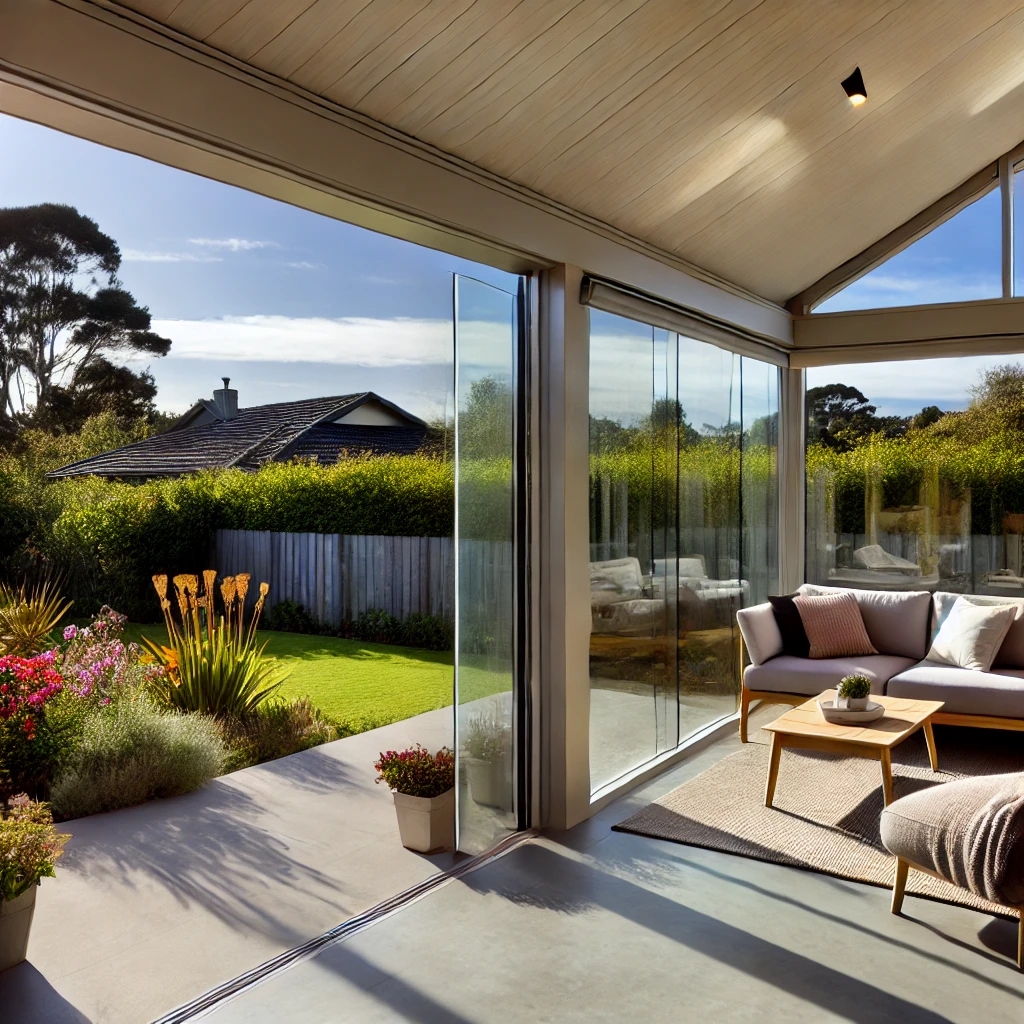Along with providing a relaxing space to spend time with friends and family, remodeling a basement increases the value of a home. Updating a basement can net a 70+ percent return on your investment. There are many things to do with a basement besides storage.
It is among the most soundproof areas in a home and ensures a comfortable retreat. Cold, dark, and cluttered basements can be remodeled to become an asset. Like any renovation project, designing requires careful planning and thought.
Types of Basement Remodels
When people talk of remodeling a basement, they may wish to transform a partially finished or unfinished basement into a living space. The desire may be a bonus room, a bedroom and bathroom suite, or an Accessory Dwelling Unit (ADU) to be rented out as a source of supplemental income.
Before beginning a basement remodel, assess the moisture present in the space. Areas having excess water must be addressed. Morgan Remodel knows how to deal with any issues. Two factors that have the most impact on the cost of a basement remodel are the materials used and the scope of the work.
The cost of the materials varies based on the quality that ranges from budget, builder-grade to custom, high-end materials. If you plan to live in the space after remodeling, investing in a minimum of mid-grade quality materials is recommended. They will last longer.
Before the Remodel
When planning a basement remodel, things to consider include
- Getting moisture under control
- Deciding on the purpose of the space
- Prioritizing the wall system
- Developing an electrical plan
- Planning for heating and cooling
- Incorporating exit points
- Creating an effective light plan
We’ll discuss the project with you. We will visit your home, get a clear understanding of the project, and help design a plan to turn your basement into a livable space. It is vital to understand the challenges of a basement remodel. Plowing ahead without a plan would lead to disaster. Having a plan helps our contractor better meet your needs.
Phases of Remodels
The major basement finishing phases are
- Permits
- Demolition
- Framing
- Electrical Work
- Plumbing
- HVAC Work
- Insulation
- Drywall Installation
- Painting
- Doors and Trim
- Flooring
Permits
Morgan Remodel manages the permits and the inspection process, so you don’t have to. We ensure all aspects of work is code compliant.
Demolition
If there are walls in the basement that need to be removed, we perform the demolition. We’ll also work hard to keep dust to a minimum by covering return vents and covering up everything important. We’ll also dispose of the debris in a responsible way
Framing
We start the layout by constructing the wall’s top and bottom plates and studs. It is lifted in place and confirmed to be level and plumb. The bottom and top plates are attached to the floor and ceiling joists above and shimmed as needed.
Electrical Work
Professional electricians do the necessary work before hanging drywall. It is easier to take care of wiring needs while everything is visible. That includes the set-up and placement of switches and outlets. If there is existing drywall, electrical work is done before painting in case the drywall needs to be cut and replaced for wiring or additional outlets and switches.
Plumbing
There are several plumbing options for basement remodeling. If a home is built above the sewer line, plumbing for the basement is attached similarly to plumbing above ground. Sewage pipes located above the basement level pose two options.
They are up-flushing that requires tubes that push water into the main sewer line or a sewage-ejector system that works like a septic tank enclosed in a container beneath the toilet. Digging into the foundation increases the chance of leaks. Always have a professional like Morgan Remodel do that work for you.
HVAC Work
When adding living space that needs air conditioning and heating, an existing HVAC system may need help functioning efficiently. Our expert HVAC technicians will help determine if an upgrade or an extension is required to provide adequate heating and cooling. The design will include space for the HVAC system and its components with maintenance access and proper ventilation.
Insulation
Properly insulated basement walls are essential to enjoying a finished basement. Poor insulation leads to moisture, mildew, and mold problems. The three most popular types of insulation are spray foam, rigid foam board, and a hybrid combination of foam board and fiberglass.
Spray foam locks out moisture and creates an excellent vapor barrier. Rigid foam is a suitable, cheaper alternative. A hybrid foam board and fiberglass insulation combination is the cheapest of the three types of insulation and is used in basements that are reasonably dry all year.
Drywall Installation
Insulation for interior and exterior walls is added before hanging drywall. The drywall material used in basements is typically moisture-resistant because basements are often damp. There is sheetrock available that is fire-rated and soundproof as well.
Panels are cut to the proper length to fit firmly in place. Holes are cut into the drywall for the electrical outlets, switches, and ceiling fixtures. The drywall is typically screwed in place on the wall studs and ceiling joists.
A compound is smeared over the seams, followed by a length of drywall tape. The compound is fanned and made smooth with a putty knife. A second compound layer is applied, and the smoothing process is repeated.
Painting
A coat or two of waterproof primer is applied to the drywall. It is allowed to dry before applying paint. Latex or oil-based paint prevents the growth of mold.
Doors and Trim
Plastic trim is best for basement remodels. Basements tend to be slightly damp, even if there are no water issues. It looks cheap until it is installed, caulked, and painted. Most walls do not form perfect 90-degree angles. Morgan Remodel professionals measure each trim placement to create a tight fit at every corner along the baseboards, windows, and doors.
Flooring
Most basements have a concrete floor that is solid, flat, and durable. You likely want an upgrade to make the space more attractive, comfortable, and easy to clean. Options include tile, luxury vinyl plank, engineered flooring, laminate, and carpet.
Vinyl flooring is a popular choice. It is available in designs that look identical to stone or hardwood products and available in the form of planks or tiles. No matter the type of flooring you choose, Morgan Remodel fixes any problems with the concrete, such as rough or uneven areas and cracks, before installing the flooring.
Wrap-Up
Before starting to design a basement space, consider your plans for the area. Also consider a design before spending your money to be sure you a have clear vision for your finished remodel look. A hobby space has a different approach than a bar or theater. The use of the space impacts the final design. A basement renovation that provides an area for family activities and entertainment has the most impact.



